Using Lasers in Pediatric Dentistry
Safety is imperative when utilizing lasers in clinical practice. Protective eyewear is essential for the patient, provider, dental team members, and others observing the procedure.
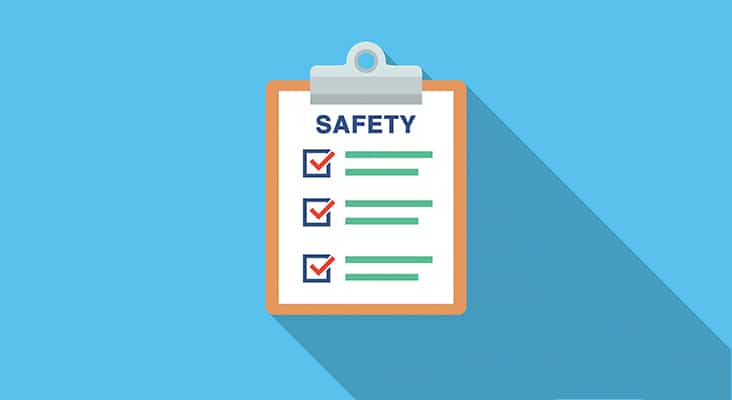
Safety Is Key
Safety is imperative when utilizing lasers in clinical practice. Protective eyewear is essential for the patient, provider, dental team members, and others observing the procedure. In addition, there is risk of disease transmission via viral particles contained in laser-generated aerosols. Caution should be used for immunocompromised patients, and pharmacological therapy may be treatment of choice in these cases. Sufficient operator training, appropriate laser selection, and effective safety measures are essential when providing laser treatment to pediatric populations.
Photo Credit: GeorgeManga / iStock / DigitalVision Vectors
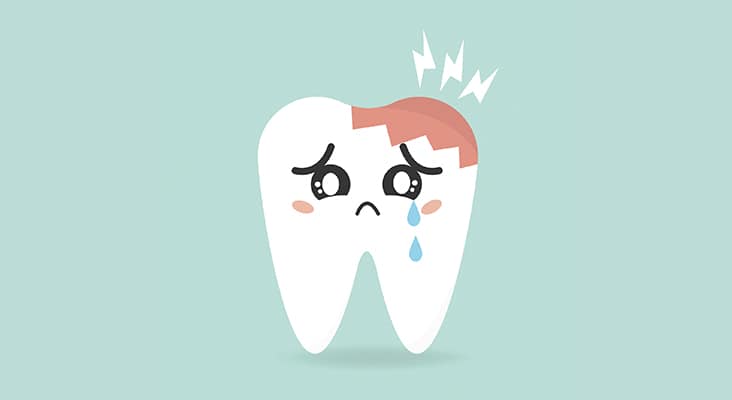
Detecting Caries Lesions
Detection of demineralization of tooth structure has been described with the use of a red laser wavelength. Analysis of the light reflected from occlusal surfaces of primary and permanent teeth is used to detect demineralization and changes in tooth structure. However, sealants, composite resin, residual toothpaste, and debris may alter readings and lead to false positives. In light of the possibility of false positive readings, providers should perform accurate and serial assessment of caries activity. Laser detection of caries could reduce radiation exposure to children by extending the interval between radiographs. That noted, given the incidence of false positives, diagnosis using laser technology is recommended as an adjunct to traditional radiographic and clinical analysis.
Photo Credit: jabkitticha / iStock / Getty Images Plus
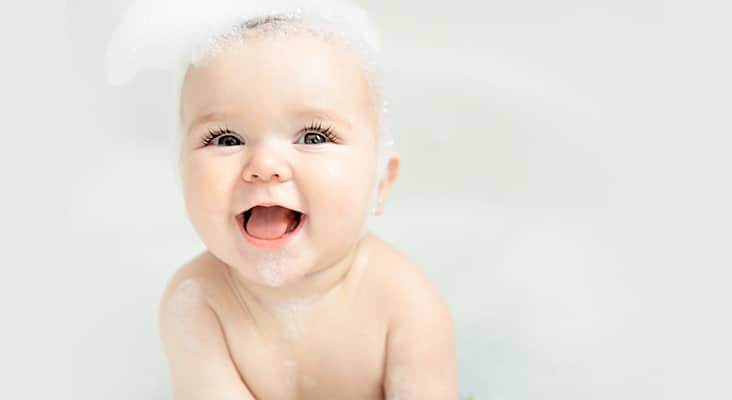
Treating Ankyloglossia
Ankyloglossia (tongue-tie) of the infant is a common and well-studied condition in which the attachment of the lingual frenum is at the tip of the tongue, and may be thick or tight. This is most common in boys, with a reported incidence of 4% to 5%. Ankyloglossia and restriction of tongue movement can be a cause of poor breastfeeding and maternal nipple pain. Research shows that frenotomy can reduce maternal nipple pain, although the effect on breastfeeding quality has not been consistently proven. Frenotomy involves administering local anesthesia and using two instruments—such as a mosquito or hemostat—in a V shape to protect structures in the sublingual area, including the lingual nerve and Wharton’s duct. A scalpel, laser, or electrosurgical knife is used to make a V-shaped incision separating the attachment. Advantages of using a laser include the specific interaction of the laser with treated tissue, rapid hemostasis, reduced postoperative discomfort, and fast wound healing. The laser also has a decontaminating and antibacterial effect.
Photo Credit: LSOphoto / iStock / Getty Images Plus
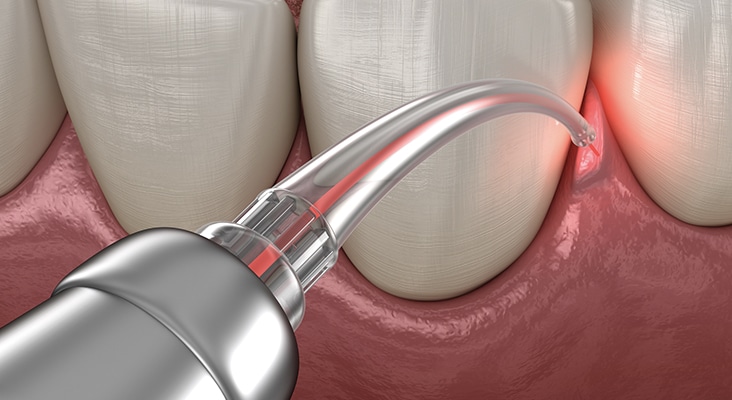
Frenectomy
Laser labial frenectomy is completed in a similar fashion, but can also include surgical repositioning of the frenum attachment. While indications for labial frenectomy are variable, this procedure can improve access and cleansability of the facial surfaces of the young child’s incisors, reduce traction on the marginal gingiva, aid in orthodontic treatment of a persistent midline diastema, and modify labial or lingual anatomic issues in a multidisciplinary approach to speech development. Advantages of using a laser in frenectomy or frenotomy include reduced operating time, decreased use of local anesthetic, and faster healing.
Photo Credit: alex-mit / iStock / Getty Images Plus
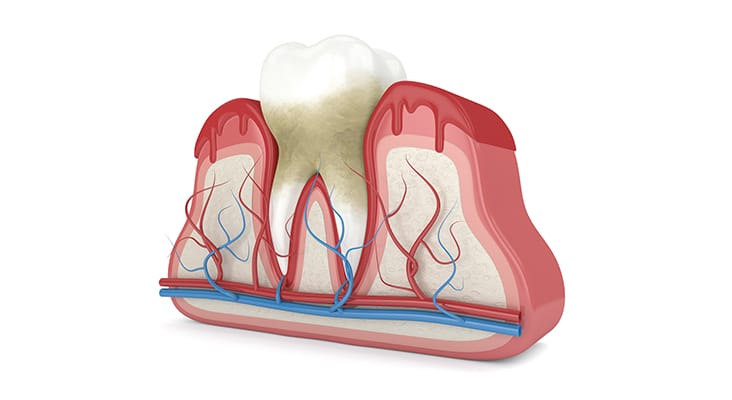
Periodontal Diseases
Although periodontal disease is found in a smaller percentage of pediatric patients than adults, nonetheless, teenagers and children present with various periodontal conditions. Some of the most common laser procedures performed in a pediatric population include gingivectomy, removal of operculum, or exposure of a submerged tooth for placement of an orthodontic bracket. Although laser decontamination of periodontal pockets in adults has been studied with varying results, there is little research in pediatric populations. At this time, laser therapy is best considered as an adjunct to traditional periodontal treatment.
Photo Credit: ayo888 / iStock / Getty Images Plus
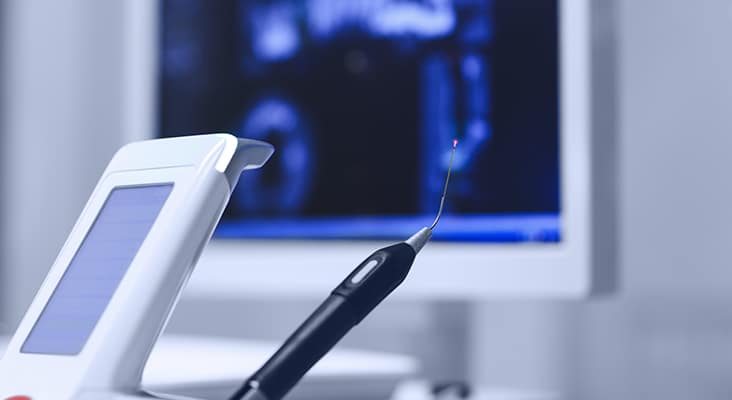
Hard Tissues
Laser interaction and effectiveness in removing hard tissue depends on tooth composition, including the water and mineral content of hydroxyapatite. As such, primary teeth often require a lower power setting than permanent teeth. In general, as the operator moves the laser closer to the pulp tissue, power settings are decreased, with the goal of comfortable and conservative caries preparation. In Class II preparations, a matrix may be recommended to protect against laser etching of adjacent tooth structure. Adherence to manufacturer guidelines for the particular laser in use is important for effective and efficient removal of hard tooth structure.
Photo Credit: vmargineanu / iStock / Getty Images Plus
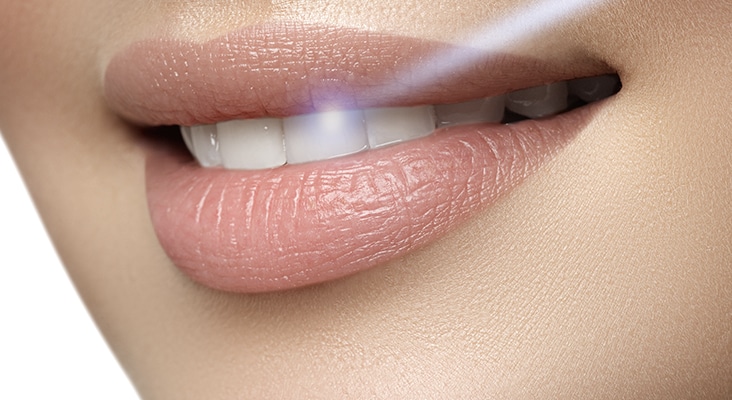
Pulpotomy
In pediatric dentistry, pulpotomy is a common vital pulp procedure that seeks to maintain a tooth by removing infected coronal pulp tissue and preserving radicular pulp tissue. Laser pulpotomy has been studied as a replacement for other commonly used medicaments, such as formocresol, mineral trioxide aggregate (MTA), ferric sulfate, calcium hydroxide, and sodium hypocholorite. Laser use is often sought out of concern for unnecessary exposure to various medicaments. The diode is the most commonly used (and FDA approved) laser for pulpotomies, although CO2, Er:Yag, and Nd:Yag laser use has also been reported. Overall success rates for formocresol, MTA, ferric sulfate, sodium hypochlorite, and lasers are approximately 80% at 24 months. When compared to other medicaments used in pulpotomy of primary teeth, in most studies, the laser showed no advantage, while MTA or formocresol had the highest success rates. In light of available studies, and based on low-quality evidence, the American Academy of Pediatric Dentistry guidelines for vital pulp therapy conditionally recommend lasers for pulpotomies in primary teeth.
Photo Credit: looking2thesky / iStock / Getty Images Plus
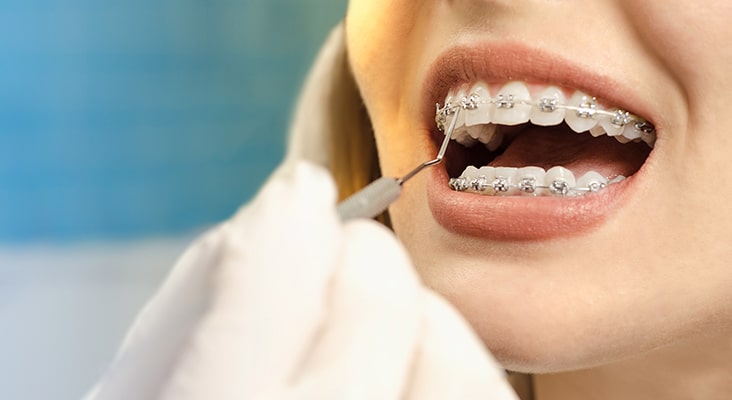
Orthodontic Applications
Treatment-associated pain and discomfort in orthodontic care is commonly noted in children and adolescents. Pain may present as discomfort or hypersensitivity of affected teeth. Reduction of pain associated with these procedures has been described using low-level laser therapy (LLLT), with some studies showing an analgesic effect lasting up to 72 hours after placement of light archwires and elastomeric separators. As noted with many studies regarding LLLT, however, there is a lack of randomized controlled trials and high-quality evidence. Until protocols are established, clinical judgment should be used when prescribing LLLT.

